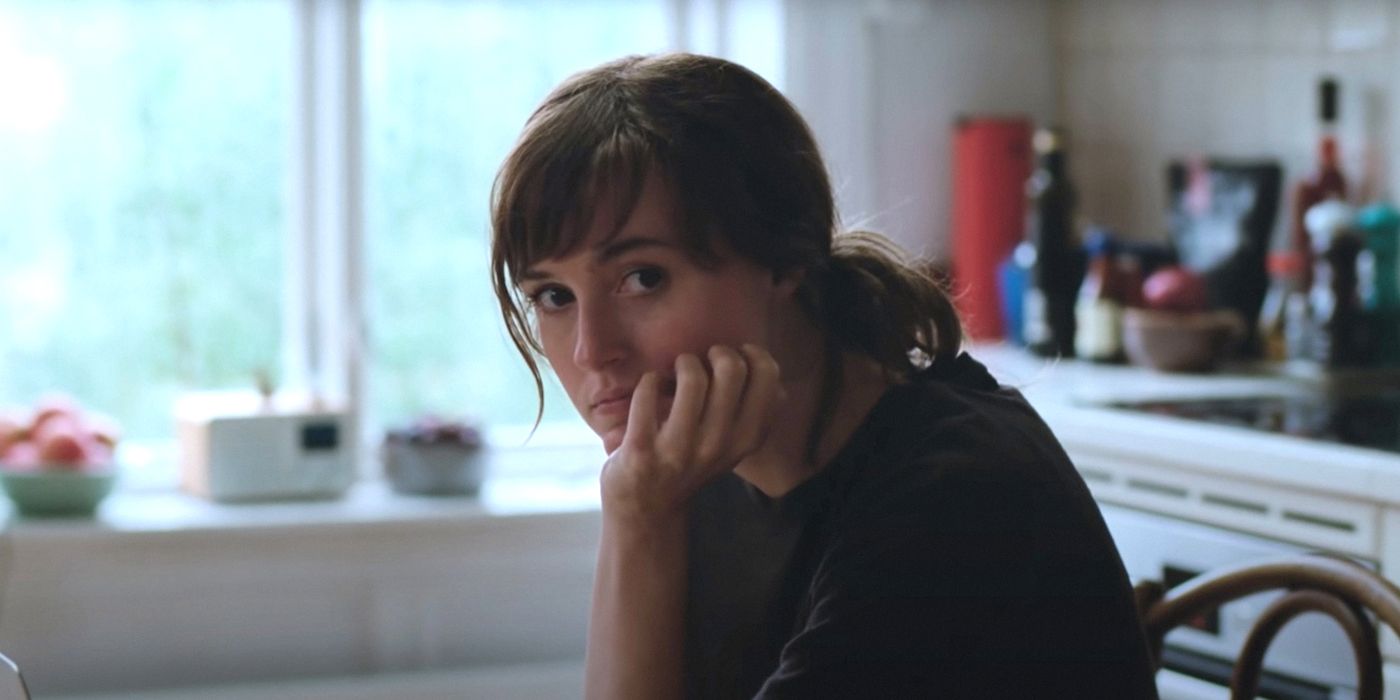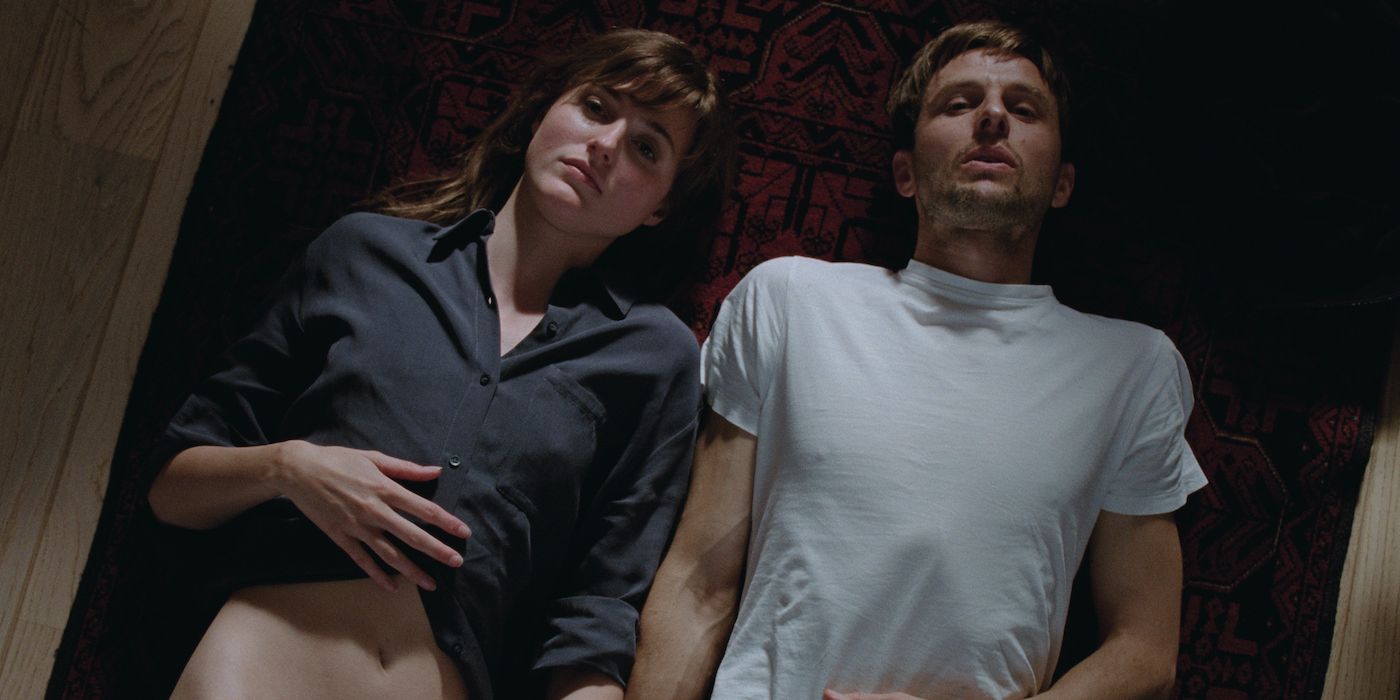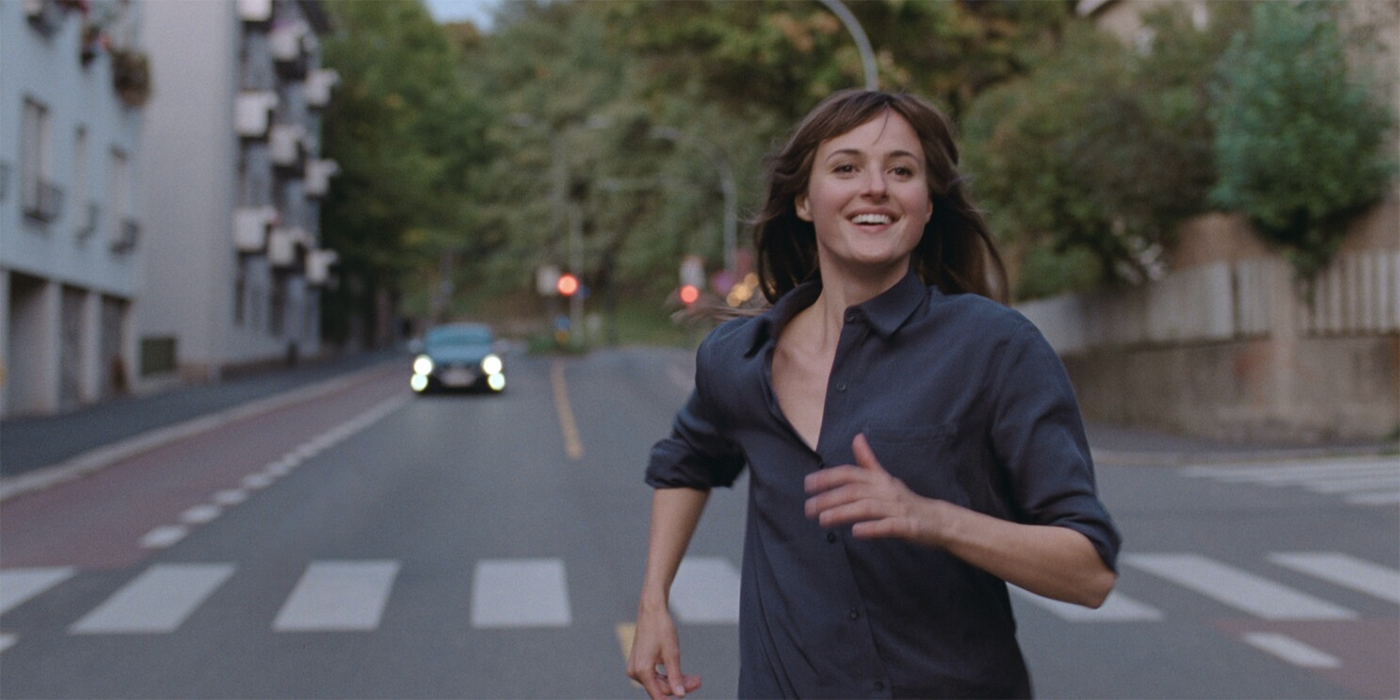The Worst Person in the World is not about the worst person in the world, something we may or may not believe when watching this Joachim Trier film. Although the movie is named after a Norwegian expression one says in a self-deprecating fashion after experiencing failure, the essence of the title is not lost on an international audience. Trier’s 2021 feature, the third in his loosely related Oslo trilogy, is not about the worst person in the world, rather, it explores how people can feel like the worst when tripping, stumbling, making mistakes, and changing directions while on this unmapped and bumpy journey that is life.
What ties the three films of the trilogy together, Reprise, Oslo, August 31st, and The Worst Person in the World, is not only the capital wherein they are set — a city made to feel more like a spectator or a participant than a mere static setting — but a thematic through-line that is common to all. This through-line, expressed more evidently through the films’ protagonists, can be understood to be an inherent human trait that has been a matter for unremitting philosophical discussion since centuries past, what Arthur Schopenhauer described as the “will to live” and Friedrich Nietzsche later redrafted as the “will to power”. The trilogy’s main characters are all representations of people manifesting, each in their own way and to varying degrees of success and defeat, the unquenchable desire within every human being to seek out and follow after the things, the people, the jobs, that give our lives meaning, or, from a nihilistic perspective, that offer the illusion of it. As humans, we’re doomed to always be restlessly striving for meaning, to be burdened by ambition, wishes, and dreams.
Approaching her 30th birthday, Julie (Renate Reinsve) finds herself at a crossroads with no compass to distinguish the way or sign pointing her in the right direction. She goes from wanting to be a doctor to a psychologist to a photographer, but more so than wanting she acts. She dyes her hair a different color and changes degrees like it’s no one’s business. One aspect that makes her so compelling is how confident she can be in the uncertainty she inhabits. Even if one would not make the same choices as her, Julie’s drive in the face of the unknown is an admirable trait and her search for the most meaningful existence is something that transcends any cultural, gender, and generational barriers.
The Worst Person in the World opens with a shot of Julie standing on a terrace in front of a beautiful view of Oslo bathed in gentle afternoon light. Judging by the black evening dress, we can tell even before there’s any context that she’s at a party or some sort of formal event. However, in the shot, it’s just her, the cigarette between her fingers, and the city stretching out behind her. Why begin with this in-media-res shot? Because this is a moment in which she’s stationary both physically and metaphorically, but nevertheless, her life’s still trickling by, the minutes passing and dissolving into the past the same way the cigarette in her hand crumbles to ashes bit by bit. While there may be no grand action happening outwardly, it does not mean nothing is happening. This shot, which we will later revisit with its full context, corresponds to a moment of existential contemplation right before reality comes crashing down during Julie’s solitary walk home which then prompts her to make a spur-of-the-moment decision that breaks through the routine she has grown complacent in.
The movie’s arrangement into twelve chapters with a prologue and an epilogue gives it a structure that does not exist in real life. Neither does a narrator who expresses our innermost truths. These elements serve as reminders that we are watching a work of fiction, even so, we are nonetheless pulled in by the raw humanity of the characters’ stories. Like a poem, The Worst Person in the World may have a structure and voice that are counterfeit, a product of human imagination, but the emotions it exposes us to are anything but. While Julie’s particular actions may not by themselves resonate with viewers, the sentiments that evoke them surely do. Even if one does not relate to or condone Julie’s decision to leave her stable relationship for another lover she barely knows, her emotions, the restlessness and the discontentment that give rise to her actions address something that is common to all of us: the ceaseless ambition to discover what gives our lives meaning in the present.
In the first volume of The World as Will and Representation Schopenhauer wrote: “All striving comes from lack, from a dissatisfaction with one's condition, and is thus suffering as long as it is not satisfied; but no satisfaction is lasting; instead, it is only the beginning of a new striving.” We, humans, are bound to keep restlessly striving for as long as we draw breath. It is in this innate pursuit that one can feel a sense of kinship or, at least an understanding for the way Julie leads her life and the feelings that fuel her decisions. Julie tells her older boyfriend Aksel (Anders Danielsen Lie) that she feels like a spectator in her own life, thus addressing an existential anxiety that’s a landmark of certainkey periods of our lives: the feeling of lacking agency over one’s life, or at best, never having as much as we would like.
Although it has romantic relationships at the center of its plot, The Worst Person in the World is not necessarily or exclusively about romantic relationships. Instead of adopting a perspective of exploring romance in the modern age, it explores what it’s like to be a person abandoning their twenties, navigating personal and interpersonal life, making choices and inevitably mistakes, while on this unspoken quest to find purpose in a world where it is never offered on a silver platter. About Julie’s decision to leave Aksel the narrator comments: “She said she was terrified of being alone, terrified of living without him, that when she left, she’d be like Bambi on the ice – and that was precisely why she had to do it.” This encapsulates what is so admirable and unique about Julie’s character. Even when afraid she still finds the courage to open the door and welcome change and all that comes along with it.
Danish philosopher Søren Kierkegaard described the freedom to choose among the infinite possibilities that are available to us as being a primary source of anxiety. At its core, this is what Julie’s inner struggle illustrates: the contradiction between the fear of the fall and the urge to jump off the cliff. Some people never dare go beyond the edge, but Julie disregards the vertigo and embraces the drop. The poster for The Worst Person in The World is a still frame of a moment where, in the most magical sequence in the film, she freezes time and runs to meet Eivind (Herbert Nordrum). We all aspire to face our existential doubts and make daunting choices not with dread and hesitation but with a smile as we charge on. Sure, Julie struggles to choose a path and feels lost sometimes, but as she feels herself slipping away into a routine that no longer fulfils her, she ends up letting go of what’s anchoring her down and preventing her from taking flight. This is not something everyone can do, for the nest is comfortable and safe and out there is the scary unknown.
Like Julie dashing through the streets of Oslo, we’re always moving or wanting to move towards some goal. When we do reach it, like Julie too, no matter what we may have believed, the contentment we feel is not everlasting. What the Oslo trilogy tells us about happiness is that it is elusive, like a carrot at the end of a stick, and quick fixes yield no long-term benefits. In the beginning, Julie lives a blissful romance with Eivind, but that does not mean dissatisfaction is forever held at bay. “Relaxing is your specialty” she tells him “You don’t mind serving coffee till you’re 50, but I want more!” It’s Julie's ambition that does not allow her to be satisfied with what she has for long. She comes to realize the finality of her choices, that sometimes there’s no going back no matter what one does. There are no rehearsals in life. Youth fades away before we can comprehend it and oftentimes before we’re prepared.
Trier’s Oslo trilogy does not make moral judgments over the characters’ mistakes. Julie, like Anders, Phillip, and Erik (Espen Klouman Høiner), is stripped of any defensive barriers until we cannot escape our palpable shared humanity. Despite not being a complex film in terms of its plot, The Worst Person in the World nevertheless provokes very distinct impressions on different people. In an interview with the Guardian, Reinsve said: “People project their own life and their own perspective on to the film, and that’s what you want when you make a movie: to share it and have the experience together with someone. We asked questions when we made this movie, and I feel we didn’t give any answers. It’s like a big conversation with so many people.” It’s a film that imitates real life, and like life, it produces more questions than there are answers.
The Worst Person in The World is not about the worst person in the world. If anything, it is about the tendency to be the harshest with oneself when making mistakes. It illustrates how human it is to tend towards dissatisfaction and thus be prompted to search for a sense of meaning that’ll combat it, no matter how slippery it can be, slithering out of our hands as soon as we think we’ve grasped it. It is a film that epitomizes the contemporary zeitgeist, the spirit of millennial anxiety and ambition. It’s 2 hours of an artistic embodiment of the essence of people’s fluctuating hopes, desires, doubts, and fears. In short, what it's like to be alive.



